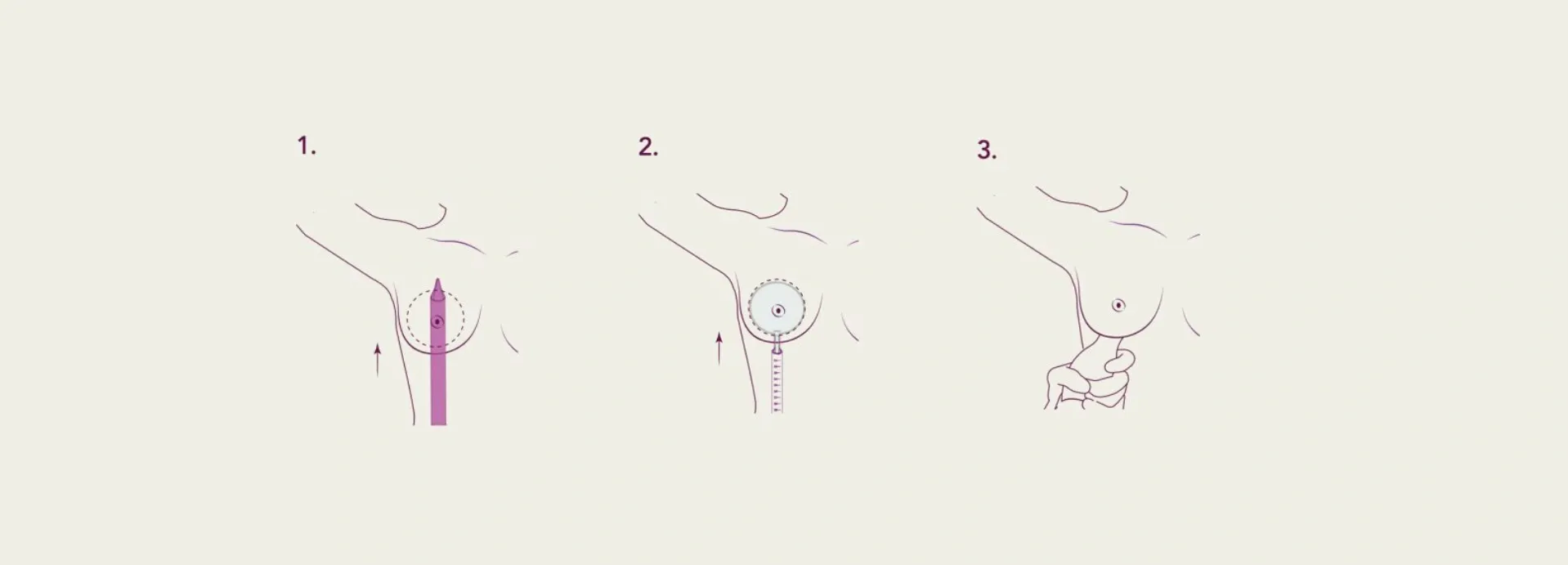Preservé: The Minimalist Technique that cares for your breast sensitivity
In the pursuit of natural, safe, and fast-recovery results, Motiva presents Preservé, its innovative breast augmentation technique focused on preserving the function and structure of breast tissue. Unlike conventional approaches, Preservé prioritizes tissue preservation and sensory protection, delivering outcomes that align with both aesthetic and functional expectations. In this article, we will delve into how it works, its advantages, and clinical evidence, through the insights of specialized surgeons.
What is Preservé?
Preservé is a protocol developed by Motiva in collaboration with expert surgeons to minimize the invasion of glandular tissue and to preserve sensory nerve endings and lactiferous ducts. Unlike traditional techniques, this method prioritizes:
- Tissue Integrity: Millimetric incisions and trajectories that avoid high nerve-density areas.
- Sensory Preservation: Studies show a lower risk of postoperative sensitivity alterations.
- Breastfeeding Potential: Facilitates the conservation of breastfeeding capacity.
(Official Source: Motiva Surgeons Preserve)
Advantages of Preservé over traditional ,ethods
Nerve Integrity
- Preservé: High preservation of sensitivity.
- Conventional technique: Medium risk of hypoesthesia (loss of sensation).
Breastfeeding Potential
- Preservé: Superior preservation of lactiferous ducts.
- Conventional Technique: Breastfeeding capability may be compromised.
Postoperative pain
- Preservé: Lower, thanks to selective dissection techniques.
- Conventional Technique: Moderate to high.
Scarring
- Preservé: Practically imperceptible scars.
- Conventional Technique: Visible scars depending on the surgical approach.
Return to daily activities
- Preservé: 7–10 days.
- Conventional Technique: 10–14 days.
Clinical Evidence and Safety
- Multicenter studies report 96% patient satisfaction at 6 months post-surgery, with no significant sensory alterations.
- CE and FDA certifications for Motiva Ergonomix implants.
Scientific publications in plastic surgery journals confirm a reduction in complications such as capsular contracture and seroma.
Is Preservé right for you?
- Ideal candidates: Individuals who prioritize preserving sensitivity and future breastfeeding capability.
- Contraindications: Cases with complex breast pathology or previous surgeries that have altered the breast’s anatomy.
Always consult with a board-certified plastic surgeon, review your medical history, and request a personalized surgical plan.


